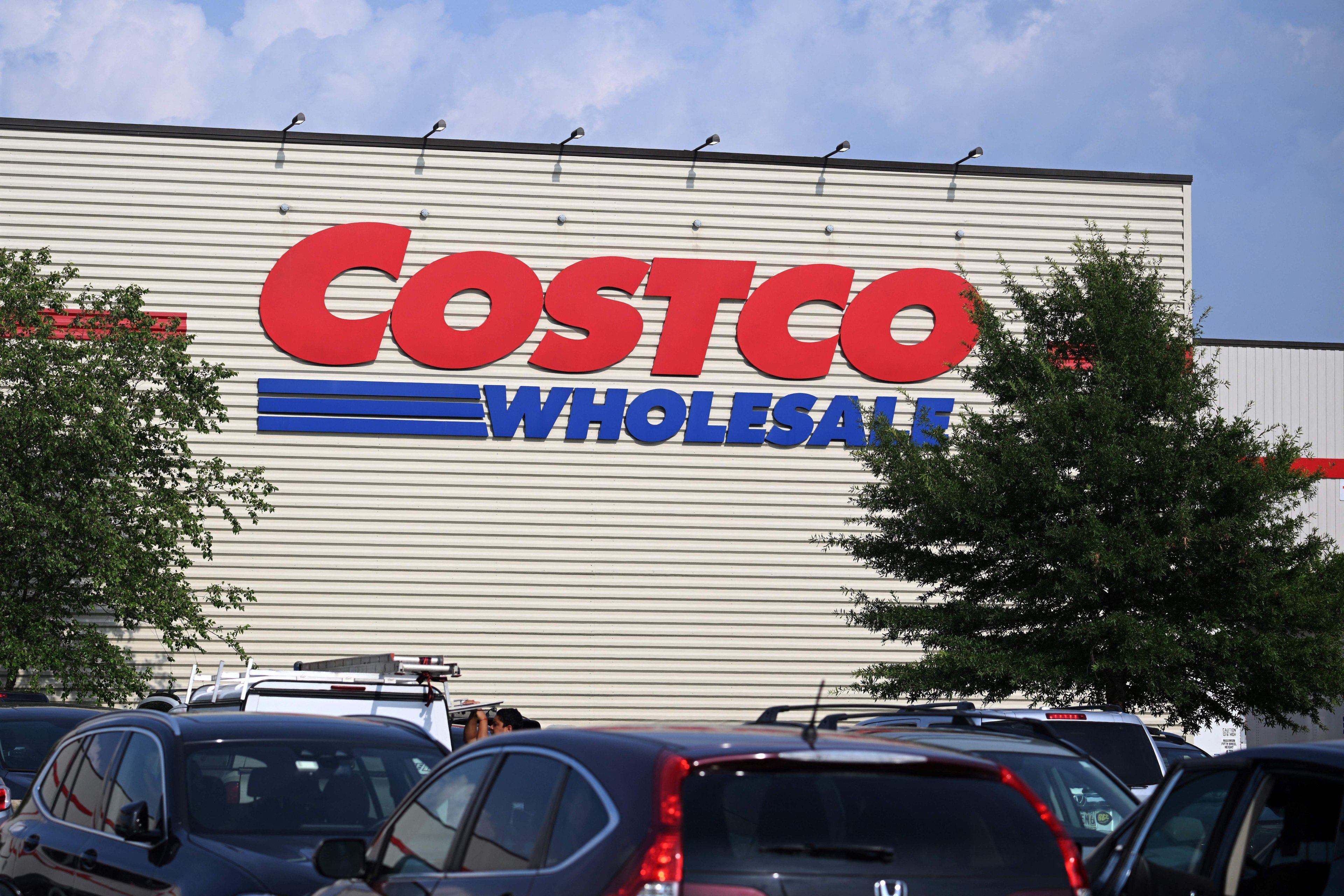Costco (COST 0.92%) isn't just a retailer -- it's a phenomenon. From $1.50 hot dogs to cavernous warehouses and famously cheap rotisserie chickens, Costco has built an almost cult-like following in North America.
The company's unique business model has allowed it to thrive in an industry known for razor-thin margins and price-sensitive shoppers.

Image source: Getty Images.
Membership first, margin later
Costco's real secret weapon isn't on the shelves. The firepower lies in its membership model.

NASDAQ: COST
Key Data Points
Customers pay $65 annually for a basic membership or $130 for an executive membership , which comes with extra rewards. As of the last quarter, the company had more than 81 million paid memberships -- driving $5.3 billion of revenue in the fiscal year (ending on August 31, 2025).
Membership revenue isn't just a nice bonus. It covers about one-fifth of overhead expenses, allowing the company to sell products at lower gross margins on a unit-basis.
That's why shoppers can consistently find prices that competitors can't match, and why Costco doesn't rely on high markups to generate profits.
An irreplaceable loyalty engine
Memberships are not only plentiful and growing, but they are sticky too.
Costco's renewal rates are extraordinary. Around 90% of members renew every year globally , and the rate is even higher in the U.S. This creates a virtuous cycle:
- Low prices bring in shoppers.
- Shoppers are happy and renew their memberships.
- Renewals give Costco scale.
- Scale allows for even lower prices.
- Rinse and repeat.
Once customers are in the Costco ecosystem, they tend to stay. It's difficult for competitors to replicate this flywheel because it's built on decades of trust, scale, and consistent execution, not flashy marketing.
A long runway for growth
Even though Costco already operates 890 warehouses worldwide, it's not slowing down. Management expects to increase that number to 914 by the end of fiscal 2025 and to 944 by fiscal 2026 (six percent growth).
This disciplined expansion strategy focuses on high-return locations rather than aggressive, margin-eroding growth.
Strong financial foundation
Costco's financial results reflect its steady, reliable model. Last year, the company generated $275 billion in revenue (+8% y/y) and $8.1 billion in net income (+10% y/y), while producing $7.8 billion in operating free cash flow . Return on invested capital is a robust +20%, and has been steadily increasing; showing that the company doesn't just grow--it grows efficiently.
Again, the $5.3 billion membership fees last year are almost pure profit and are what make Costco's thin-margin retail operations sustainable, turning what would be a low-margin store model into a cash machine.
Valuation reflects its quality
The stock trades at about 46× forward earnings , which is expensive compared to most retailers, like Walmart (WMT +0.75%) at 34x, BJ's Wholesale Club (BJ +0.57%) at 19x and Target (TGT 0.23%) at just 11x.
But Costco has earned that premium. Earnings have grown at an average of +10% for years , and the company's high renewal rates and expansion plans make that growth stronger more predictable than most in the sector. For example, Target has seen its revenues flat-line and earnings trend down in the last three years.
Over the past decade, Costco's stock has appreciated more than 500% , rewarding long-term investors handsomely.
If the company keeps executing, there's no issue with it continuing to grow earnings into its valuation. At a 10% earnings growth rate, the P/E goes from 46x to 29x within five years.
Risks and resilience
A pullback in consumer spending is always a risk in retail, but Costco tends to shine when times get tough. Shoppers often trade down to its bulk bargains, keeping sales steady even when others struggle.
That said, inflation and currency swings can pressure margins, especially if Costco holds prices low to protect its value reputation.
Costco's model is rooted in its consistency. Membership fees make up most of its profit, giving it a steady income stream that cushions against volatility. It's a simple formula -- low prices, loyal members, and reliable recurring revenue -- but it's proven to work in good times and bad.
However, in my mind the sharpest risk stems from the company's reliance on membership revenues. While renewal rates hover above 90%, a prolonged slowdown could deal a double whammy of less membership fee revenue and fewer physical sales.
This doesn't seem to be showing any sign of slowing anytime soon though.
The Foolish bottom line
Costco has built a retail fortress powered by membership loyalty and unmatched value. Its model flips the traditional retail profit equation: instead of squeezing margins on goods, it wins with recurring membership revenue.
For long-term investors, Costco offers a rare mix of growth, resilience, and customer devotion that few competitors can match.
In a world where most retailers fight for thin margins and fleeting traffic, Costco's unique and cult-like membership model, relentless focus on value and enormous scale have poured the foundation for a sustainable competitive advantage for years to come.





